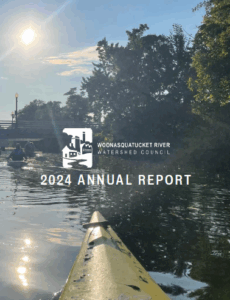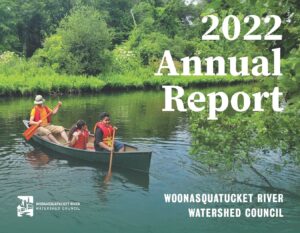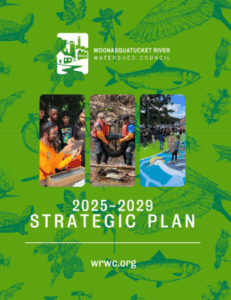Public Documents
Woonasquatucket River Watershed Council IRS Form 990s
Quinn Chamblin, Katy Cummings, Jeniah Franco, and Nina Hernandez
Abstract
For decades, the Woonasquatucket Watershed Council has worked throughout Rhode Island to revitalizeits communities by restoring and conserving the Woonasquatucket Watershed. More than twenty-fivepercent of the state relies on this single watershed; therefore, the quality of the watershed is not merely anenvironmental need, but also a critical public need. Healthy watersheds critically service communities byboosting quality of life through fishable and swimmable water, increased accessibility torecreational/outdoor activities, and clean, drinkable water. With the twenty-eight location sites for datacollection the Council has claimed responsibility for along the watershed, assessing water and habitatquality has revealed unique challenges, like a lack of comprehensive water quality standards in the state ofRhode Island, access to available volunteers for data collection, and large amounts of unexplored data.The Council has done previous work to understand this data, however, due to several constraints manyquestions have gone unanswered. Considering the data spans over a quarter of a century there is evenmore of an urgency to analyze it to prevent negative trends from continuing, along with the need to archivethis information responsibly. This study aims to bridge the gap between the Woonasquatucket WatershedCouncil’s assumed efforts and the actual measured effectiveness of their work. By integrating advancedstatistical analysis and visualization techniques from a wide range of detailed data, we intend to createmodels that




